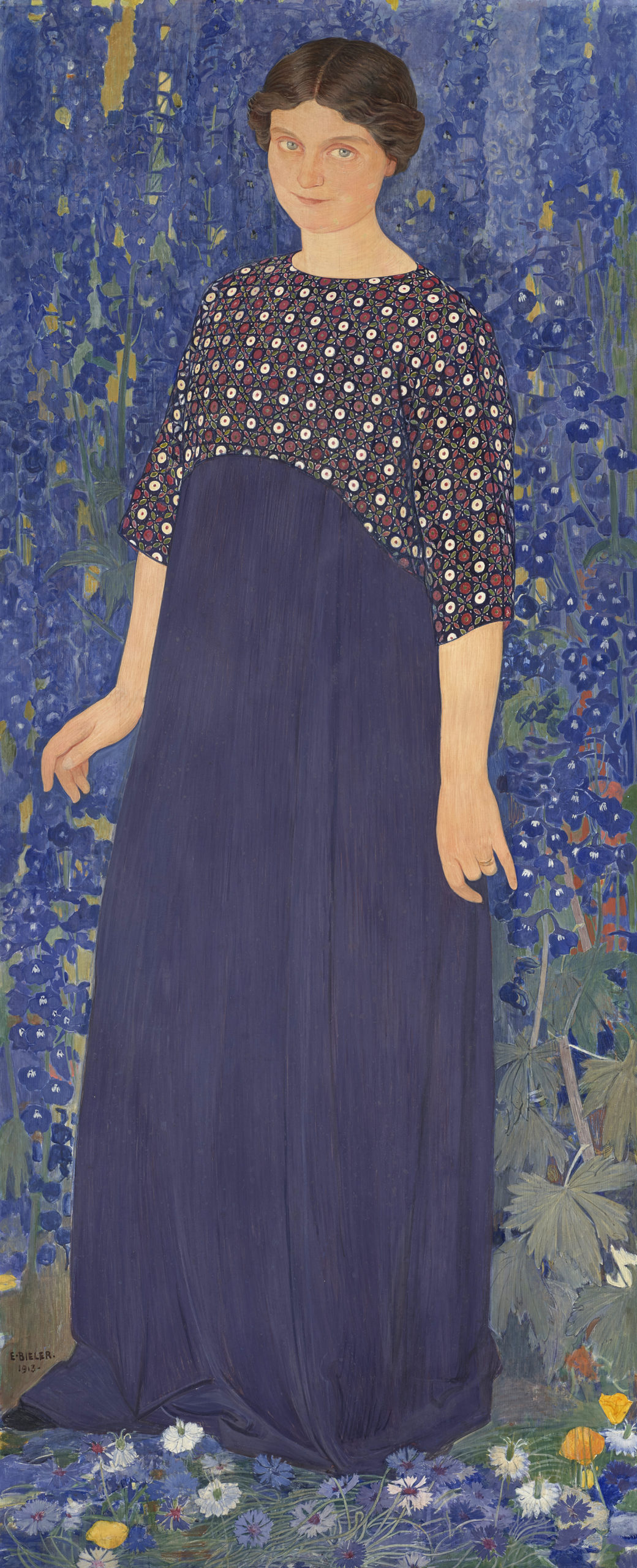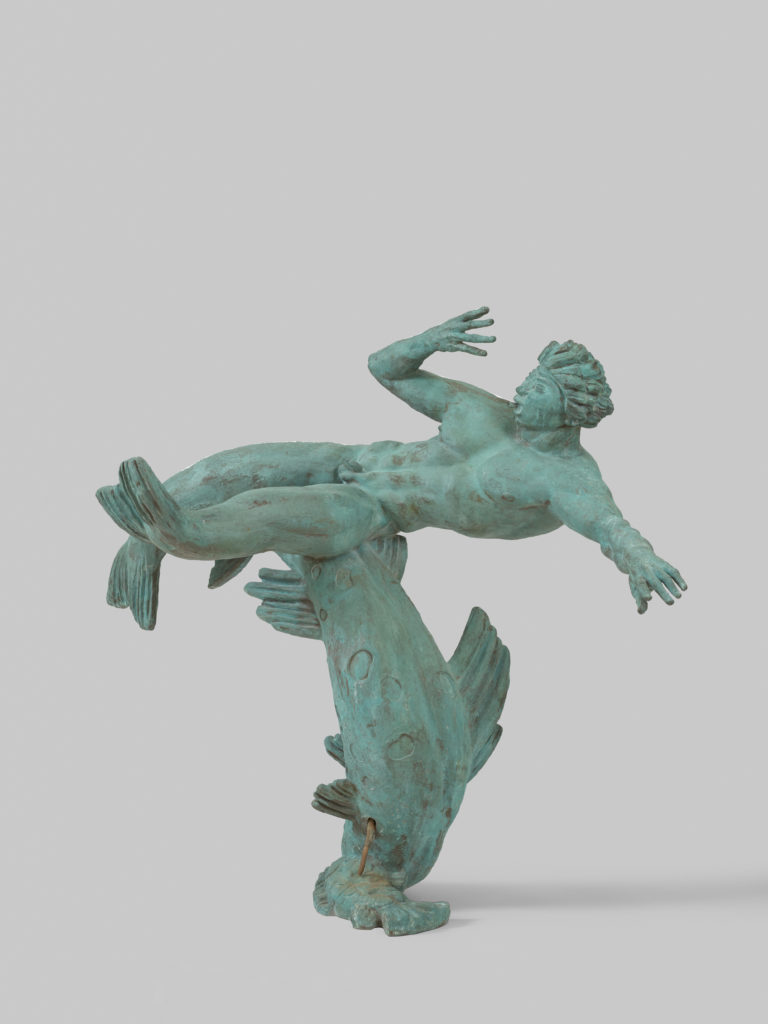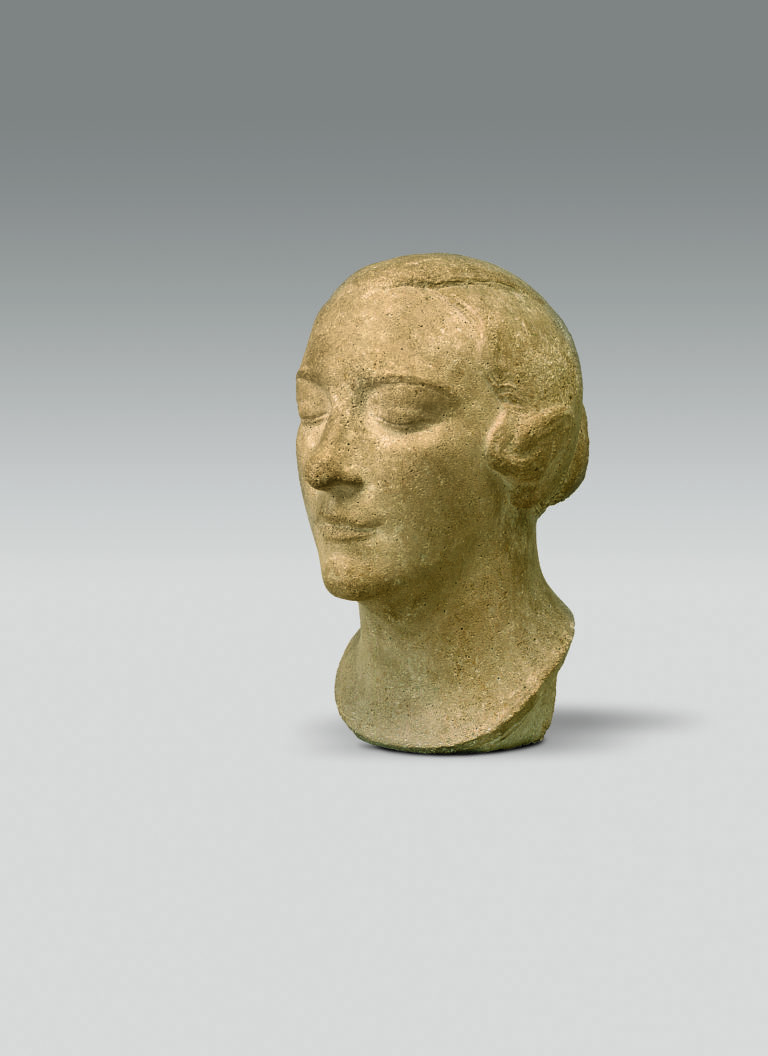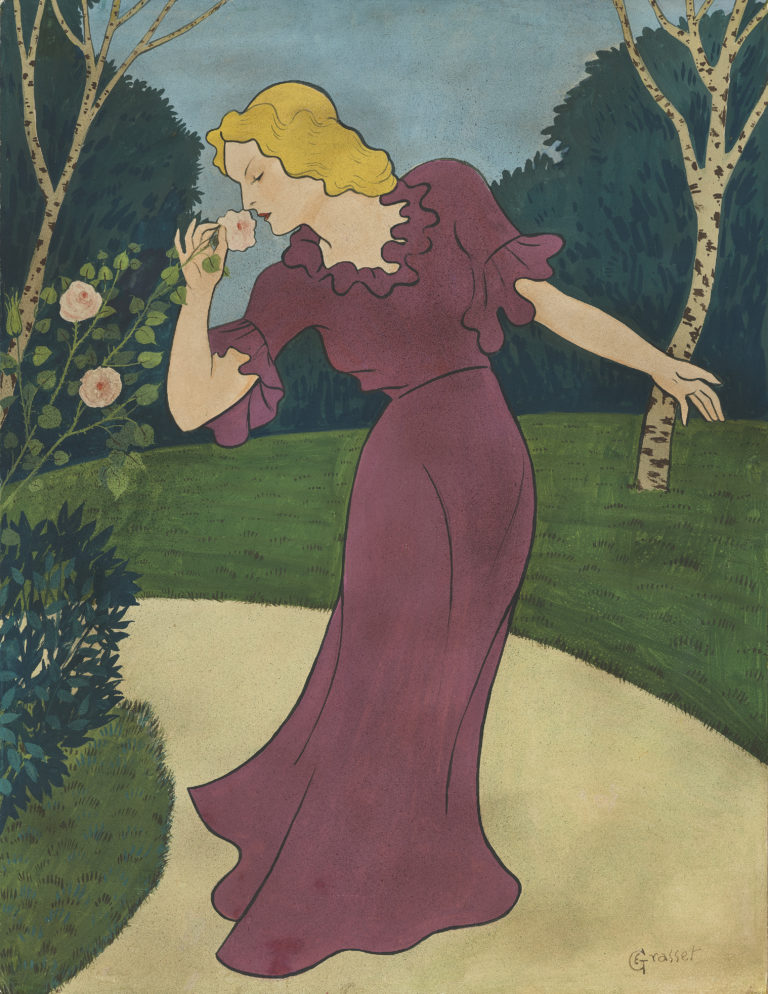On display
The CollectionBibliography
Catherine Lepdor, ‘L’eau mystérieuse. Ernest Biéler à la croisée des chemins,’ in Jörg Zutter and Catherine Lepdor (eds.), Ernest Biéler (1863-1948). Du réalisme à l’art nouveau, exh. cat. Lausanne, Musée cantonal des Beaux-Arts, Solothurn, Kunsmuseum, Milan, Skira, 1999.
Ethel Mathier (ed.), Ernest Biéler. Geträumte Wirklichkeit/Réalité rêvée, exh. cat. Bern, Musée des beaux-arts, Martigny, Fondation Pierre Gianadda, 2011.




Ernest Biéler’s dire financial situation forced him to leave Paris in 1892. He returned to Switzerland, yet happiness eluded him, whether in Geneva, where he first settled, in Lausanne, where his Vaudois origins won him support in artistic circles, in Zurich, where friends provided him with portrait commissions, or finally in Savièse, in the Valais, where he had a studio built in 1901. The malaise reflected in this endless wandering was the sign of personal unhappiness. Now past the age of forty, the artist was still looking for a woman who would share his life. In 1909, he finally made up his mind to return to the French capital. There he met and married Michelle Vimont-Laronde, a young drawing teacher.
Femme en bleu, a life-size portrait painted four years later, brings to mind the English Pre-Raphaelites and Gustav Klimt. Michelle is depicted as someone with a strong character, as the intellectual who, in February 1911, put her name to a talented manifesto in favour of her husband’s style, titled ‘The Graphic Style in Painting’. The pale and delicate flesh tones of the face, arms and hand, and the glittering wedding ring, are set off by the mass of blue that constitutes the skirt and the floral surrounding, echoing the colour of the young woman’s eyes. The dress she wears seems to champion the avant-garde fashion launched in Paris by the couturiers Paul Poiret and Madeleine Vionnet, one whose straight lines and supple materials emancipated the female body from the corset.
Biéler also connects his Parisian spouse with his homeland by surrounding her with certain flowers, such as larkspur, a perennial from the Alpine meadows. One wonders if the later storminess of their relationship, which would lead the couple to divorce in 1921, is also presaged here by this plant whose toxicity Swiss farmers blamed for poisoning their livestock.